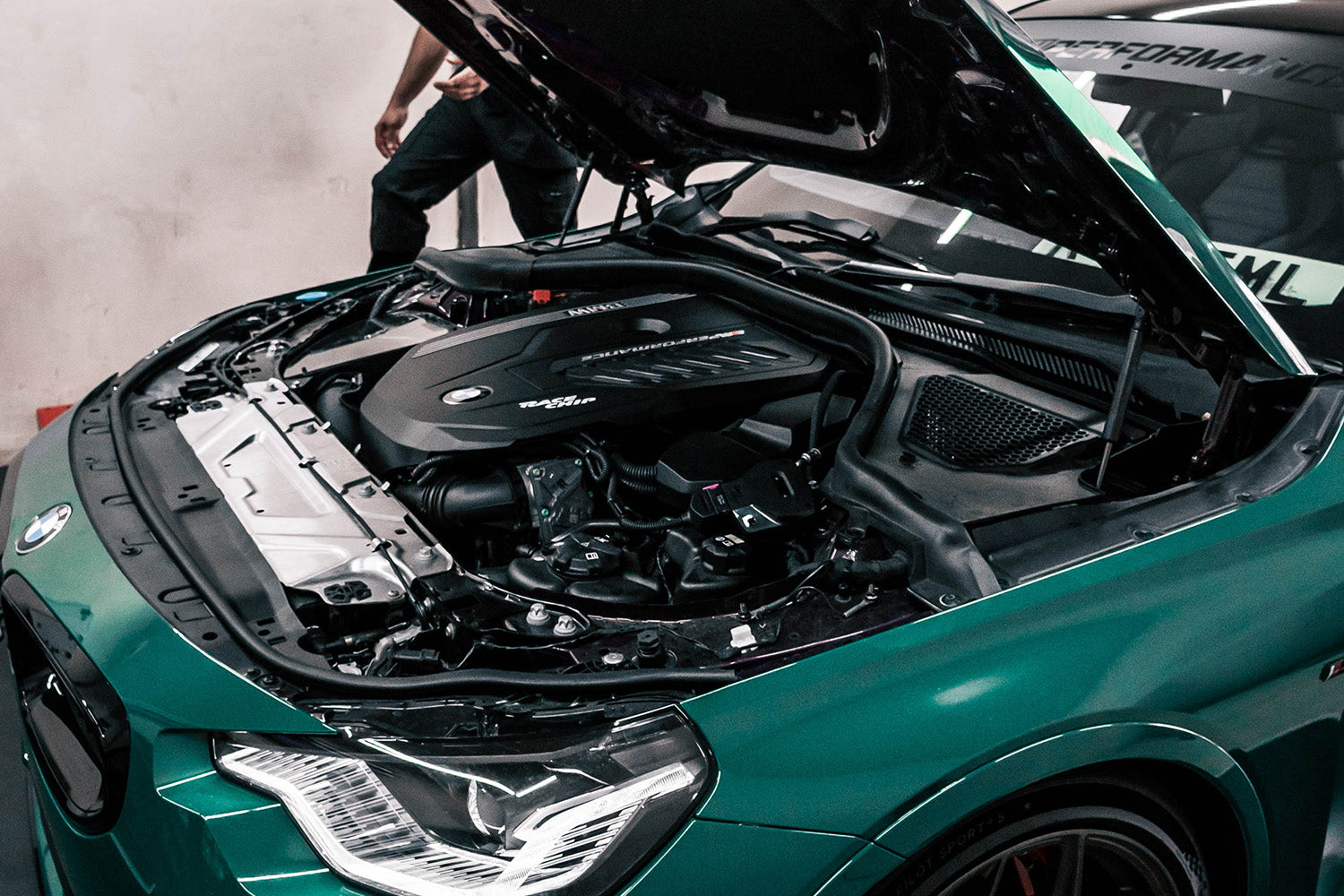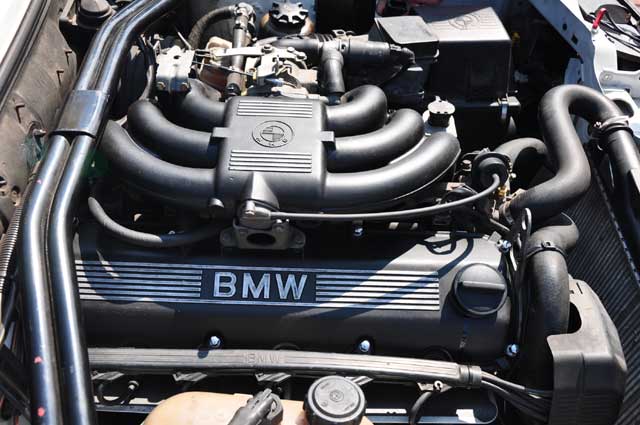Discovering the Advancement of Burning Engines in Modern Transport Equipments
As we browse the landscape of contemporary transportation, the advancement of combustion engines stands as a testimony to human resourcefulness and engineering expertise. The interplay of background, innovation, and environmental concerns in forming the trajectory of combustion engines develops a narrative that is both informative and compelling.
Early Beginnings of Combustion Engines
Exactly how did the concept of burning engines first arise in the early phases of transportation growth? When the concepts of internal burning were first checked out, the roots of burning engines can be mapped back to the 17th century. In 1673, Christian Huygens conceived a basic interior burning engine that utilized gunpowder to create power. Nevertheless, it had not been up until the late 19th century that sensible applications of combustion engines in transport began to emerge.
The development moment included the development of the first successful gasoline-powered engine by Karl Benz in 1885 - bmw engine. This engine led the way for the growth of the modern car, changing transport systems worldwide. Subsequent developments by Nikolaus Otto and Gottlieb Daimler additionally improved combustion engine innovation, bring about the automation of automobiles and the quick development of the transportation market
These very early burning engines were defined by their simplicity and performance, laying the foundation for the complex and powerful engines made use of in modern-day transport systems. The development of combustion engines has contributed fit the way we travel and transport goods, noting a substantial landmark in the history of transportation development.
Change to Internal Combustion Technology
The change to interior combustion modern technology marked a critical change in the advancement of transportation systems. This shift started in the late 19th century, with innovators like Nikolaus Otto and Gottlieb Daimler developing the initial effective internal burning engines. These engines reinvented transportation by supplying a much more efficient and effective option to steam engines and electrical motors.
One of the crucial advantages of inner combustion engines was their capacity to be scaled down to fit right into automobiles, leading to the growth of vehicles and bikes. This shift from cumbersome, stationary engines to portable, mobile ones paved the means for the modern transport systems we see today.
The transition to interior burning innovation additionally spurred improvements in fuel innovation, bring about the advancement of fuel and diesel as primary fuel resources for vehicles. This change not just made transportation a lot more accessible to the masses however additionally laid the foundation for the oil and gas market to come to be integral to worldwide economic situations.
Impact of Combustion Engines on Transport
The fostering of combustion engines in transportation systems catalyzed an extensive change in the efficiency and speed of worldwide flexibility. Combustion engines transformed transportation by giving a reliable and flexible resource of power for various cars, including cars and trucks, planes, trucks, and ships. This advancement dramatically boosted the ability for goods and people to you can try this out conform fars look at more info away in much shorter timespan, leading to increased connection in between areas and countries.
Moreover, the widespread use of combustion engines has actually had a substantial influence on financial advancement. The capability to carry products efficiently has stimulated profession and business, enabling services to increase their markets and get to consumers worldwide. This has actually helped with economic development and globalization, as products can now be transferred faster and in bigger amounts than ever previously.
However, the environmental influence of burning engines can not be neglected. The combustion of nonrenewable fuel sources has actually resulted in air pollution and greenhouse gas exhausts, adding to climate adjustment and presenting health threats to populaces. bmw engine. Because of this, there is an expanding discover here focus on creating alternative propulsion technologies to minimize these unfavorable effects and develop a more lasting future for transportation
Innovations in Burning Engine Design
One noteworthy innovation is the development of turbocharged engines, which use exhaust gases to drive a turbine that presses inbound air, enabling for more fuel to be burnt, resulting in increased power output without a substantial rise in engine dimension. Variable valve timing systems have additionally changed engine layout by maximizing air flow at different engine speeds, boosting both power and effectiveness. These advancements collectively add to the continual enhancement of combustion engines in modern-day transport systems.
Future Trends in Burning Engine Advancement
With modern technology developments driving continual innovation, the future of burning engine growth is poised to reinvent transport systems worldwide. One of the vital trends in combustion engine development is the push towards better efficiency and decreased exhausts.
An additional popular pattern is the fostering of crossbreed technologies in combustion engines. Crossbreed engines incorporate traditional combustion innovation with electrical power, supplying improved fuel effectiveness and reduced exhausts. As the auto industry shifts towards electrification, hybrid combustion engines are seen as a transitional option that links the void in between conventional vehicles and fully electric ones.
Additionally, the assimilation of clever modern technologies, such as artificial intelligence and data analytics, is anticipated to play a significant role in the future of combustion engine development. These technologies can optimize engine efficiency in real-time, leading to more efficient burning procedures and boosted total lorry efficiency. Accepting these future patterns will not only drive innovation in combustion engine growth yet additionally add to a much more sustainable and ecologically friendly transport environment.

Conclusion
In conclusion, the evolution of combustion engines in modern transportation systems has been marked by substantial advancements in technology and design. From the early beginnings of combustion engines to the change to inner burning innovation, these engines have actually had a profound effect on transportation. Developments in combustion engine design remain to drive progression in this area, with future patterns focusing on further boosting performance and minimizing discharges. The future of combustion engines in transportation looks encouraging as r & d efforts remain to press limits.
The roots of burning engines can be traced back to the 17th century when the principles of interior combustion were initial checked out. These engines revolutionized transport by providing an extra effective and powerful option to steam engines and electrical motors.
